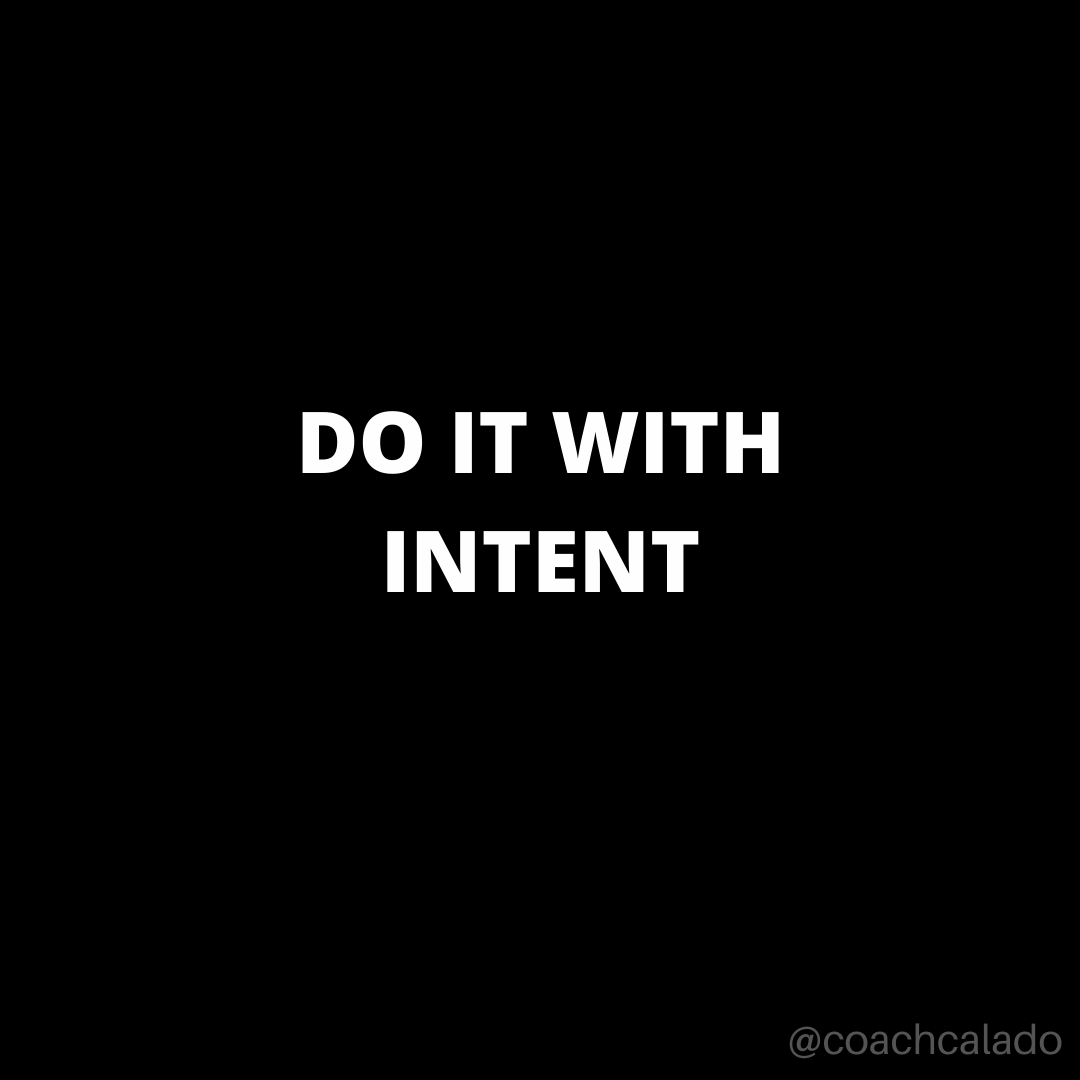Are you eating enough protein?
Most people, in particular athletes and active individuals do not consume enough protein.
Please note, that everyone is individual and I am providing information based on current research. For specific recommendations based on your own needs, please consult a registered dietician (RD).
(And in my opinion if you are a vegan/vegetarian athlete I would highly recommend working with an RD to make sure you are consuming enough.)
How much protein should active adults/athletes consume?
Active adults/athletes should consume 1.6 -2.2 grams/Kg/day spread across 4 or more meals/feedings. This can be more or less depending on what your needs are.
Daily Protein Consumption for Athletes Based on Body Weight
How much protein should you eat per meal?
For maximal stimulation of muscle protein synthesis (MPS), individuals should aim for:
0.4–0.6 g/kg/meal of quality protein (found in meat, eggs, and dairy).
0.24 to 0.40 grams/kg/meal for most young adults
0.4 to 0.6 grams/kg/meal for older adults*
*Older adults need more protein due to muscle atrophy/sarcopenia - which is the progressive loss of muscle mass and strength. As you age it becomes harder to build muscle mass so you need to consume more protein to stimulate MPS. (Ideally the additional protein should be paired with resistance training.)
Can you eat too much protein?
It was previously thought that consuming an excess amount of protein would be wasted and excreted through your urine. However, that is from previous research 30+ years ago that believed that the increased amounts of nitrogen in urine was thought to be from excess protein consumption, in which case the protein was being wasted. This has since been refuted and the increased amounts of nitrogen actually represent an increase of the breakdown of your damaged or oxidized protein (which is a good thing - out with the old and in with the new!). Essentially, what is happening is that when you eat more protein, your body can replace more of its damaged or oxidized proteins, so that your protein synthesis (building) and breakdown are both increased.
Therefore there is no downside to eating more protein (other than pushing you over your caloric goal if you are trying to be in a deficit). So have at her and let’s all eat some more protein!!
References:
Morton RW, Murphy KT, McKellar SR, Schoenfeld BJ, Henselmans M, Helms E, Aragon AA, Devries MC, Banfield L, Krieger JW, Phillips SMA systematic review, meta-analysis and meta-regression of the effect of protein supplementation on resistance training-induced gains in muscle mass and strength in healthy adultsBr J Sports Med.(2018 Mar)
Moore DR, Churchward-Venne TA, Witard O, Breen L, Burd NA, Tipton KD, Phillips SMProtein ingestion to stimulate myofibrillar protein synthesis requires greater relative protein intakes in healthy older versus younger menJ Gerontol A Biol Sci Med Sci.(2015 Jan)
Morton RW, McGlory C, Phillips SMNutritional interventions to augment resistance training-induced skeletal muscle hypertrophyFront Physiol.(2015 Sep 3)
Schoenfeld BJ, Aragon AAHow much protein can the body use in a single meal for muscle-building? Implications for daily protein distributionJ Int Soc Sports Nutr.(2018 Feb 27)























